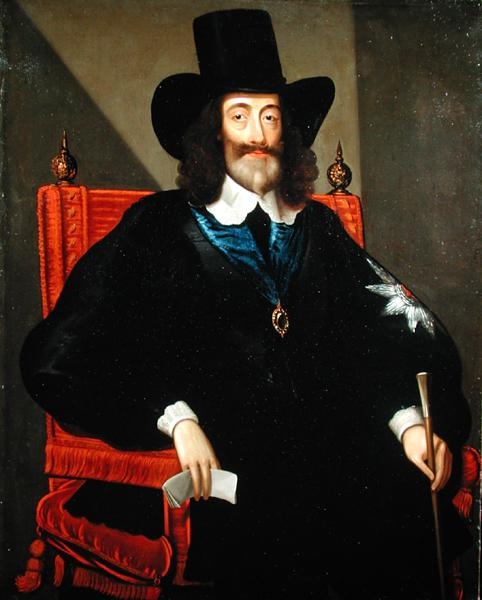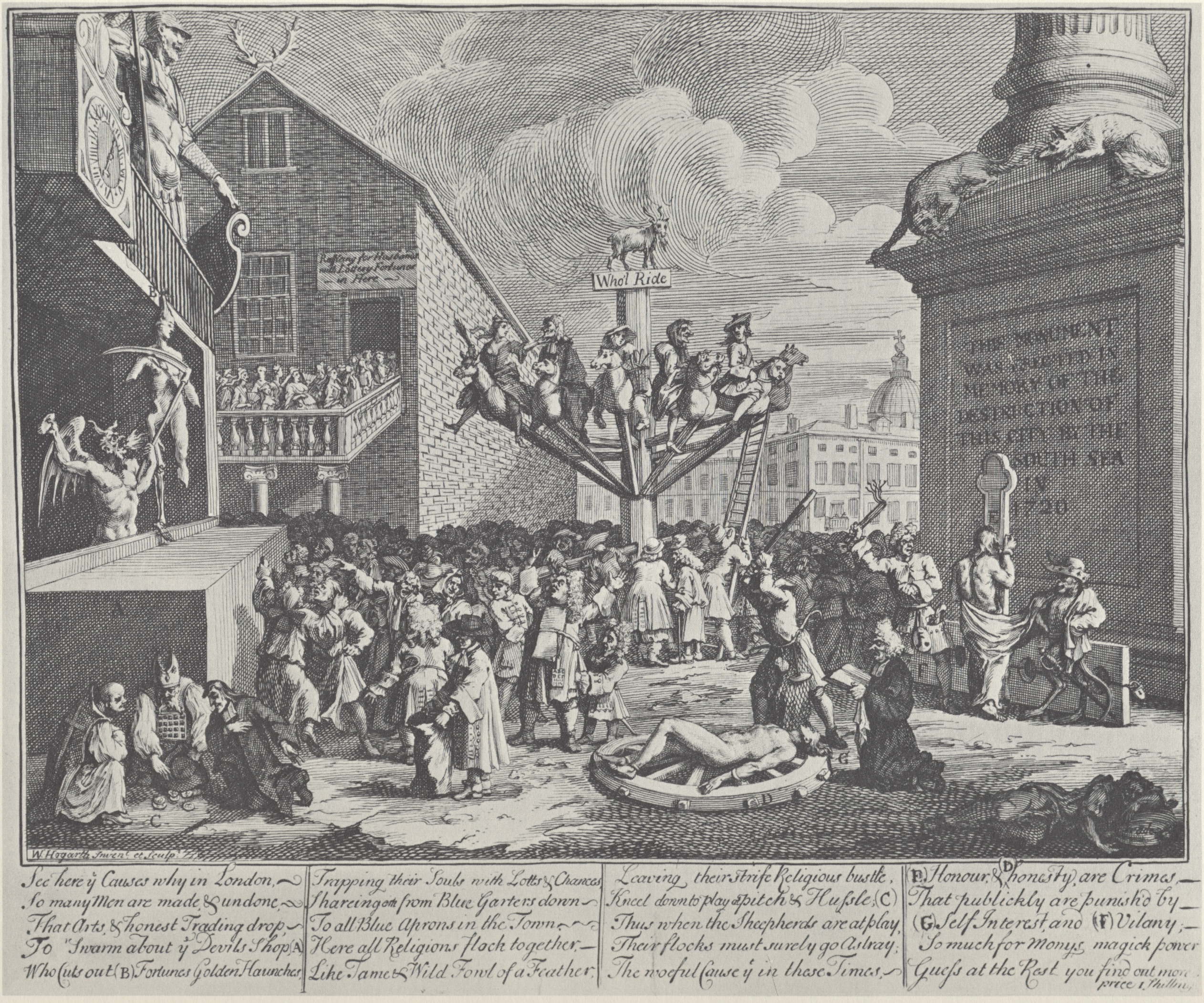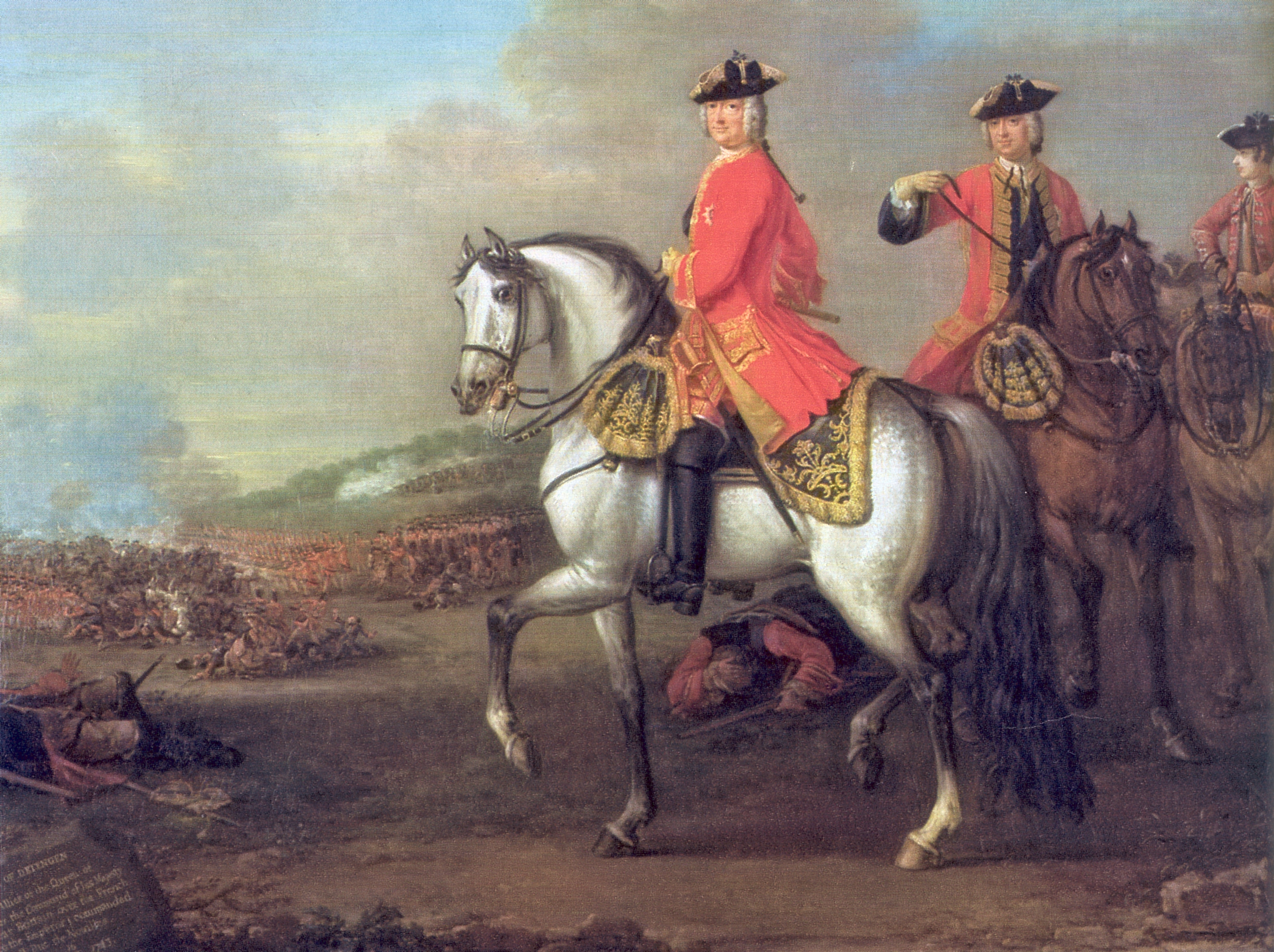|
English Painters
The following is a list of notable English and British painters (in chronological order). English painters Born 16th century *George Gower (c. 1540–1596) * Nicolas Hilliard (1547–1619) *Sir Nathaniel Bacon (1585–1627) *Cornelis Janssens van Ceulen (1593–1661) *Sir Anthony van Dyck (1599–1641) born in Antwerp; Principal Painter in Ordinary to the King * William Larkin (1580–1619) Born 17th century * Emmanuel de Critz (1608–1665) *William Dobson (1610–1646) *John Michael Wright (1617–1694) *Peter Lely (1618–1680) Principal Painter in Ordinary to Charles II (1661) * Oliver de Critz (1626–1651) * Henry Gibbs (1630/1–1713) *Edward Bower (fl. 1635–1667) * Henry Cooke (1642–1700) *Sir Godfrey Kneller (1646–1723) * John Riley, or Ryley (1646–1691) * Marmaduke Cradock (1660–1716) *Sir James Thornhill (1675–1734) *Edward Byng (c. 1676–1753) *Peter Monamy (1681–1749) *John Wootton (1682–1764) *Isaac Whood (1689–1752) *Joseph Highmore (1692� ... [...More Info...] [...Related Items...] OR: [Wikipedia] [Google] [Baidu] |
Kingdom Of England
The Kingdom of England was a sovereign state on the island of Great Britain from the late 9th century, when it was unified from various Heptarchy, Anglo-Saxon kingdoms, until 1 May 1707, when it united with Kingdom of Scotland, Scotland to form the Kingdom of Great Britain, which would later become the United Kingdom. The Kingdom of England was among the most powerful states in Europe during the Middle Ages, medieval and Early modern period, early modern periods. Beginning in the year 886 Alfred the Great reoccupied London from the Danish Vikings and after this event he declared himself King of the Anglo-Saxons, until his death in 899. During the course of the early tenth century, the various Anglo-Saxons, Anglo-Saxon kingdoms were united by Alfred's descendants Edward the Elder (reigned 899–924) and Æthelstan (reigned 924–939) to form the Kingdom of the English. In 927, Æthelstan conquered the last remaining Viking kingdom, Scandinavian York, York, making him the first ... [...More Info...] [...Related Items...] OR: [Wikipedia] [Google] [Baidu] |
Edward Bower
Edward Bower (fl. 1635 – 1667)Portraits by Edward Bower () was an English portrait painter. During the he worked mostly for Parliamentarian patrons, and painted Charles I at his |
Thomas Hudson (painter)
Thomas Hudson (1701 – 1779) was an English painter, almost exclusively of portraits. Life Hudson was born in Devon, in 1701. He studied under Jonathan Richardson (painter), Jonathan RichardsonJonathon Richardson , London - National Portrait Gallery, accessed January 2010. in London and, against the latter's wishes, married Richardson's daughter at some point before 1725. Hudson was most prolific between 1740 and 1760 and, from 1745 until 1755 was the most successful London portraitist. He had many assistants, and employed the specialist drapery painter Joseph Van Aken. Joshua Reynolds, Joseph Wright of Derby, Joseph Wright and the drapery painter Peter Toms (painter), Peter Toms were his students. Hudson visited the Low Countries in 1748 and Italy in 1752. ... [...More Info...] [...Related Items...] OR: [Wikipedia] [Google] [Baidu] |
William Hogarth
William Hogarth (; 10 November 1697 – 26 October 1764) was an English painter, engraving, engraver, pictorial social satire, satirist, editorial cartoonist and occasional writer on art. His work ranges from Realism (visual arts), realistic portraiture to comic strip-like series of pictures called "modern moral subjects", and he is perhaps best known for his series ''A Harlot's Progress'', ''A Rake's Progress'' and ''Marriage A-la-Mode (Hogarth), Marriage A-la-Mode''. Familiarity with his work is so widespread that satirical political illustrations in this style are often referred to as "Hogarthian". Hogarth was born in the City of London into a lower-middle-class family. In his youth he took up an apprenticeship with an engraver, but did not complete the apprenticeship. His father underwent periods of mixed fortune, and was at one time imprisoned in lieu of payment of outstanding debts, an event that is thought to have informed William's paintings and prints with a hard edge ... [...More Info...] [...Related Items...] OR: [Wikipedia] [Google] [Baidu] |
John Vanderbank
John Vanderbank (9 September 1694 – 23 December 1739) was an English painter who enjoyed a high reputation during the last decade of George I of Great Britain, George I's reign and remained in high fashion in the first decade of George II of Great Britain, George II's reign.Waterhouse, Ellis. ''Painting in Britain 1530–1790'' (Penguin Books, 1957). George Vertue's opinion was that only intemperance and extravagance prevented Vanderbank from being the greatest portraitist of his generation, his lifestyle bringing him into repeated financial difficulties and leading to an early death at the age of only 45. Early life Vanderbank was born in London on 9 September 1694 into an artistic family, the eldest son of Sarah and John Vanderbank Snr, a naturalised Huguenot immigrant from Paris and, since 1679, well-to-do proprietor of the Soho Tapestry Manufactory and Yeoman Arras-maker to the Great Wardrobe, supplying the royal family with tapestries from his premises in ... [...More Info...] [...Related Items...] OR: [Wikipedia] [Google] [Baidu] |
Joseph Highmore
Joseph Highmore (13 June 16923 March 1780) was an English painter of Portrait painting, portraits, conversation pieces and History painting, history subjects, illustrator and author. After retiring from his career as a painter at the age of 70, he published art historical and critical articles.West, S. ''Highmore, Joseph'' Grove Art Online. Retrieved 18 March 2022 Life Highmore was born on 13 June 1692, in London, the third son of Edward Highmore, a coal merchant, and nephew of Thomas Highmore, Serjeant Painter to William III of England, William III. He displayed early his ability in art but was discouraged by his family from taking up art professionally, and began a legal training instead. At the ending of ...[...More Info...] [...Related Items...] OR: [Wikipedia] [Google] [Baidu] |
Isaac Whood
Isaac Whood (1689 – 24 February 1752) was an English painter, who was known for being a great imitator of the painting styles of Godfrey Kneller. Biography Born 1689, Whood practised for many years as a portrait-painter in Lincoln's Inn Fields, London. His portraits of ladies were considered some of the best of the time. He was especially patronised by John Russell, 4th Duke of Bedford, for whom he painted numerous portraits of members of the Spencer and Russell families, destined for Woburn Abbey; some of these were copied by Whood from other painters. At Winchester College there are portraits of twelve gentleman commoners from 1731. At Cambridge there are portraits by Whood at Trinity College, including one of Isaac Barrow, and at Trinity Hall. There is a portrait of Archbishop William Wake by Whood at Lambeth Palace, painted in 1736. Some of his portraits were engraved in mezzotint, notably one of Laurent Delvaux the sculptor, engraved by Alexander Van Haecken. Whood's d ... [...More Info...] [...Related Items...] OR: [Wikipedia] [Google] [Baidu] |
John Wootton
John Wootton (c.1686– 13 November 1764)Deuchar, S. (2003). "Wootton, John". Grove Art Online. was an English painter of sporting subjects, battle scenes and landscapes, and illustrator. Life Born in Snitterfield, Warwickshire (near Stratford-upon-Avon), he is best remembered as a pioneer in the painting of sporting subjects – together with Peter Tillemans and James Seymour – and was considered the finest practitioner of the genre in his day. As such, his paintings were very fashionable and were sought after by those among the highest strata of the British society. These included figures such as George II of Great Britain, Frederick, Prince of Wales, and the Duke of Marlborough. It is likely that he received artistic training from Jan Wyck before 1700. Wootton may have begun life as a page to the family of the Dukes of Beaufort. His earliest surviving dated work is the equine portrait ''Bonny Black'' (1711). He remained active until his death in 1764, based in the cap ... [...More Info...] [...Related Items...] OR: [Wikipedia] [Google] [Baidu] |
Peter Monamy
Peter Monamy was an English marine painter who lived between 1681 and 1749. Early life and family Peter Monamy was baptised at the church of St Botolph's-without-Aldgate, London, England, on 12 January 1681 (new style). His name seems to be of French origin, and it is probable that he was of French descent. He was the last of the five known children, all born in London, of Pierre, or Peter, Monamy, born circa 1650 in Guernsey, and his English wife, Dorothy Gilbert; and the grandson of André Monamy, 1612–1680, who had been a strongly committed Commonwealth Parliamentarian, and one of Guernsey's Governors, during the 1650s. Dorothy Gilbert, born 1660 in London, was the daughter of James Gilbert, who had been Master of the Worshipful Company of Gunmakers in 1670 and 1672. A marriage allegation, dated 22 October 1675, records the union of Peter Mon-Amy, of St Martin's in the Fields, and Dorothy Gilbert, of St Trinity in the Minory, with her father's consent, at All Hallow ... [...More Info...] [...Related Items...] OR: [Wikipedia] [Google] [Baidu] |
Edward Byng
Edward Byng (''ca.'' 1676 – 1753), sometimes spelt Bing, was an English portrait artist. Thought to be a native of Wiltshire Wiltshire (; abbreviated to Wilts) is a ceremonial county in South West England. It borders Gloucestershire to the north, Oxfordshire to the north-east, Berkshire to the east, Hampshire to the south-east, Dorset to the south, and Somerset to ..., Byng trained as an artist and became an assistant to Godfrey Kneller about 1693. Another pupil of Kneller, Robert Byng (painter), Robert Byng (''fl.'' 1697–1720) was his brother. At the time of Kneller's death in 1723 Byng was his chief assistant and lived with him at a house in Great Queen Street. Kneller's will recorded that Byng had "for many years faithfully served me", gave him a pension of £100 a year and entrusted him with seeing that Kneller's unfinished work was completed, for which he would receive the outstanding payments. Byng also inherited drawings in Kneller's studio, many now in the Bri ... [...More Info...] [...Related Items...] OR: [Wikipedia] [Google] [Baidu] |
James Thornhill
Sir James Thornhill (25 July 1675 or 1676 – 4 May 1734) was an English painter of historical subjects working in the Italian baroque tradition. He was responsible for some large-scale schemes of murals, including the "Painted Hall" at the Royal Hospital, Greenwich, the paintings on the inside of the dome of St Paul's Cathedral, and works at Chatsworth House and Wimpole Hall. Life Thornhill was born in Melcombe Regis, Dorset, the son of Walter Thornhill of Wareham and Mary, eldest daughter of Colonel William Sydenham, governor of Weymouth. In 1689 he was apprenticed to Thomas Highmore (1660–1720), a specialist in non-figurative decorative painting. He also learned a great deal from Antonio Verrio and Louis Laguerre, two prominent foreign decorative painters then working in England. He completed his apprenticeship in 1696 and, on 1 March 1704, became a Freeman of the Worshipful Company of Painter-Stainers of London. Decorative schemes Thornhill decorated pala ... [...More Info...] [...Related Items...] OR: [Wikipedia] [Google] [Baidu] |
Marmaduke Cradock
Marmaduke Cradock (1660 – 24 March 1716) was an English painter of birds and other animals. Some older sources give his first name as Luke but this may be in error. Self taught, he produced art works that were rarely signed. Life Cradock was an English painter, noted for his depictions of birds, dead game, and other animals. He was born in Somerton, Somerset and moved to London, where he served an apprenticeship to a house-painter. He was, however, self-taught as an artist, becoming skilled in the depiction of birds and animals. Horace Walpole wrote that "I have seen some pieces by his hand which he painted with a freedom and a fire that entitled them to more distinction". According to Walpole, Cradock deliberately shunned aristocratic patronage. He worked in general by the day, and for dealers who retailed his works; possessing that conscious dignity of talent which made him hate to be employed by men whose birth and fortune confined his fancy, and restrained his freedom. ... [...More Info...] [...Related Items...] OR: [Wikipedia] [Google] [Baidu] |






